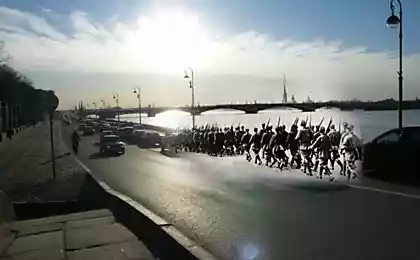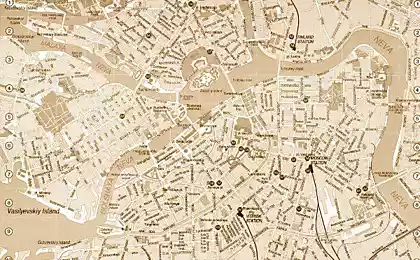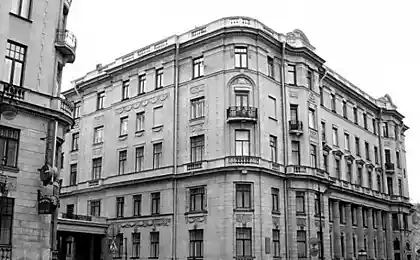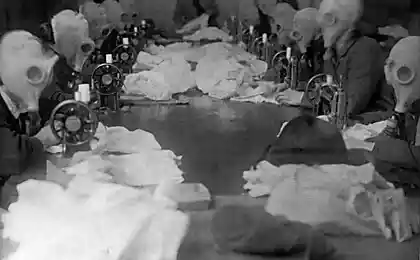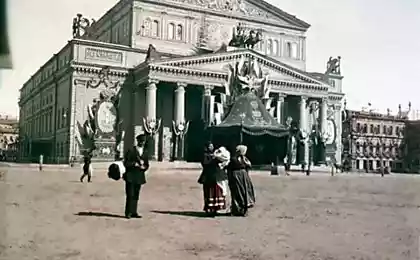836
City, who decided not to give up
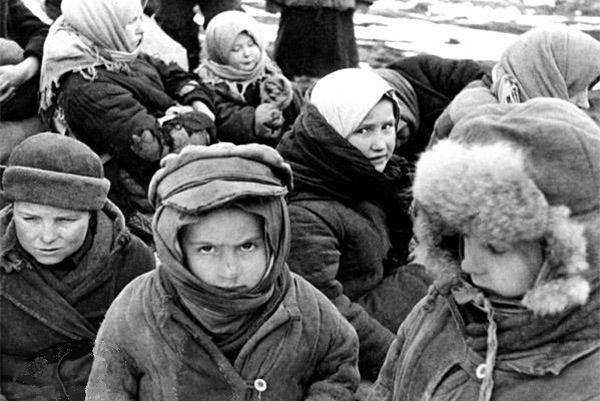
The blockade lasted 872 days: September 8, 1941, when the Germans invaded Shlissel'burg (Petrokrepost), and up to 27 January 1944. Breakthrough own ring around the city held on 18 January 1943, but completely blockade was lifted only a year later.
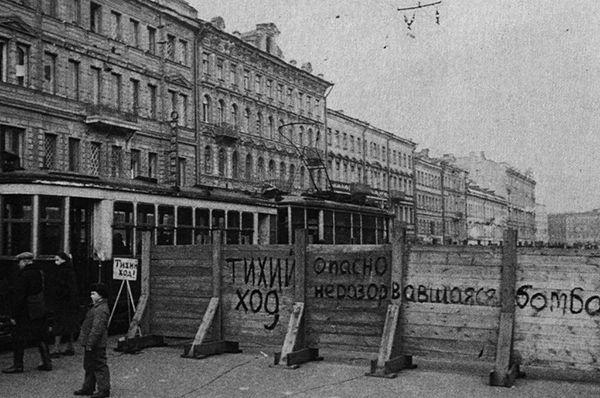
Before the establishment of the blockade of the city had to evacuate nearly half a million people. Until April 1942 for nearly 660,000 out of the city on ships across Lake Ladoga, were taken by aviation, but mostly - on the ice "Road of Life." Another 400,000 were evacuated from Leningrad to the autumn of 1942, after which the evacuation stopped.
During the siege, according to official data of the Soviet side, provided at the Nuremberg Tribunal, killing 632,000 people. Modern researchers have reasonably believed that figure underestimated: some losses, especially among residents who had taken refuge in other areas of northwest Russia, was not taken into account. Currently rely realistic estimates are in the range of from 700 to 800 thousand. While only 3 percent of them were killed by shelling and bombing, the rest - from hunger and disease, aggravated on the basis of malnutrition, cold and lack of skilled care. Almost a third of these deaths occurred only three months of winter 1941/1942 period.
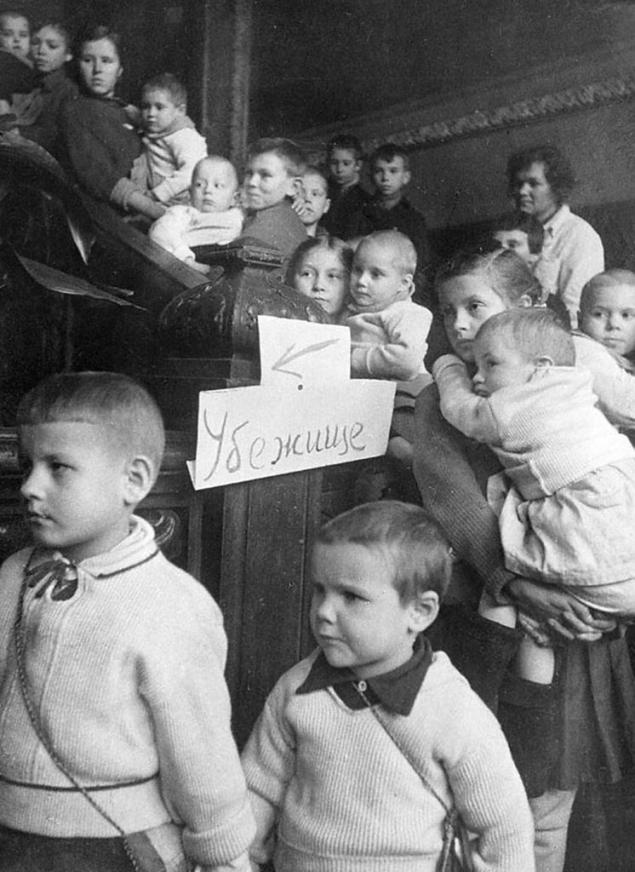
Often write about burnt under air strikes Badaevskie food stores as a cause of hunger in the winter 1941/1942 period. However, this is completely wrong warehouses provide the city only a week (!) Standard rate of basic products, which could be if you want to stretch up to twice as long.
A large city like Leningrad demanded to 1 thousand tons of food daily, and bring these volumes through Ladoga "Way of Life" was extremely difficult: in November it did not exceed the capacity of 100 tons per day, a new year has reached one thousand tons, but the food of them was on the strength of two-thirds.
Therefore, the hungriest time in Leningrad was the period from the end of November 1941 (end of navigation on Lake Ladoga) to the end of December (increasing the capacity of the ice track). The same ration of 250 grams of bread for the workers and 125 grams for the "employees, dependents and children up to 12 years" - just this month. (And something was not quite bread - up to 50-60% by weight of additives were inedible weight). On December 25, 1941 increased the rate of 50 grams, February working lunches brought to polukilo bread ration to 400 grams of employees, and child-dependency of up to 300 grams. Later ration only grew, in particular, from February gradually began to give out quite decent meat. However, accumulated depletion and the onset of disease mows people through the winter.

Despite this, in March-April, the entire population has reached a "spring cleaning" of the city.
Spring was approaching, and with it the Leningrad threatened epidemic: the streets were littered with garbage, sewage and even unharvested corpses. By the way, despite the complexity of life support for all of the Leningrad blockade have been no major outbreaks of infectious diseases.
The question of how one could "save" the population of Leningrad, surrendering his Wehrmacht, can be solved by analyzing the working documents of the Army Group "North". In September 1941, when the Germans seriously considered taking the city before the winter as a close perspective, there flashed the following definitions: "Regarding the city of Leningrad principle remains the same: we do not occupy the city and not to feed its population."
In Germany, by the way, with good intentions, would not be able to feed the population of the city of three million, not secured by closely spaced selhozrayonami and dependence on imports and centralized food distribution. The problem is the mass exodus of refugees from the "draw" Leningrad proposed to solve, literally, "fire from long range." Estimate the number of victims in the case of the implementation of this "humane" script readers offered their own.

The city is largely saved the Baltic Fleet. Drawn from Tallinn, received several severe blows fleet gave the city what he lacked - a dense and accurate fire heavy long-range artillery on enemy positions (up to 400 barrels caliber over 100 mm). Was particularly high value naval artillery counter-battery fire - suppression of enemy guns, fire intermittently city. Ship anti-aircraft guns covered the city as they could. A large number of well-motivated sailors went to war on land front in the suburbs.
The blockade has caused untold suffering not only to peaceful people, but also caused irreparable damage to cultural heritage sites. History of removals and lost in the vicissitudes of war, "Amber Room" Big Catherine Palace remember everything. Pavlovsk Palace burned down, its restoration was finished only in 1978. How much was lost personal libraries and rarities are in private possession, no longer say no. No one will fill the memory and knowledge of the people who were dying of cold and hunger in the midst of the snowy streets of the scientific and cultural capital of the country.
--img6--
Source: defendingrussia.ru
